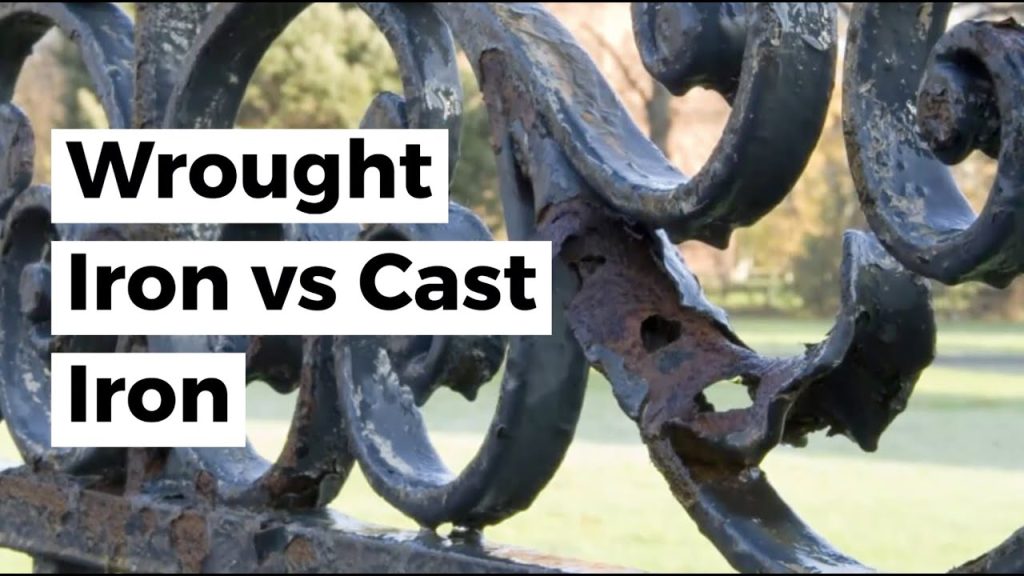1. Pig iron
The crude impure iron, which is extracted from iron ores, is known as pig-iron and it forms the basic material for the manufacture of cast-iron, wrought iron and steel.
The pig iron is manufactured by the following operations
(i) Dressing:
Crushed into pieces 25mm, impurities of clay, loam and other earthy matter removed by washing, magnetic separators are used for magnetic impurities.
(ii) Calcination and roasting:
Water and carbon dioxide are removing from ores by calcinations. By roasting, making the ores hot and very dry after removal of sulphur
(iii)Smelting:
Smelting is carried out in a special type furnace known as blast furnace. The raw material consists of iron ores, the fluxing materials like limestone and fuel like coal, charcoal is allowed to through throat portion of the furnace. By the reduction, the pig iron collects in the hearth of furnace. The slag formed is removed and hot gases dust escapes through outlet, which is provided in the throat portion of furnace.
2. Cast iron

cupola furnace
Cast iron is manufactured by remelting pig iron with coke and limestone. This remelting is done in a furnace known as cupola furnace, which is more or less same as blast furnace. Its shape is cylindrical with diameter about 1m and height of about 5m. The raw materials are led from the top and the furnace is fired. The impurities of pig iron are removed to some extent by oxidation. The molten cast iron is led into moulds of required shapes to form what are known as cast iron castings and slag is removed from the top of cast iron at regular intervals.
COMPOSITION OF CAST IRON:
§ Cast iron contains about 2 to 4 percent of carbon.
§ Manganese makes cast iron-brittle and hard, so it may be kept below 0.75 percent.
§ Phosphorous makes brittle and percentage may be 1 to 1.5 percent.
§ Silicon decreases shrinkage and ensures softer and better castings and it may be less than 2.5 percent.
§ Sulphur makes cast iron brittle and hard and should be kept below 0.10 percent.
USES CAST IRON:
§ For making cisterns, water pipes, gas pipes and sewers, manhole covers and sanitary fittings.
§ For making ornamental castings like brackets, gates, lampposts etc.
§ For making parts of machinery which are not subjected to shock loads.
§ For manufacture of compression members.
§ For preparing rail chairs, carriage wheels etc.
3. Wrought iron
Wrought iron is almost pure and it hardly contains carbon more than 0.15 percent. But the process of its manufacture is laborious and tedious. Wrought iron is manufactured by four operations
1. Refining
2. Puddling
3. Shingling
4. Rolling
PROPERTIES OF WROUGHT IRON:
§ It can be easily forged and welded
§ It can be used to form temporary magnets
§ It is ductile, malleable and tough
§ It is moderately elastic
§ It is unaffected by saline water
§ It resists corrosion in a better way
§ Its melting point is about 15000C
§ Its specific gravity is about 7.8
§ Its ultimate compressive strength is about 2000 kg/cm2
§ Its ultimate tensile strength is about 4000kg/cm2.
USES OF WROUGHT IRON:
It is used for rivets, chains, ornamental iron work, railway couplings, water and steam pipes, bolts and nuts, horse shoe bars, hand rails, straps for timber roof trusses, boiler tubes, roofing sheets etc.


